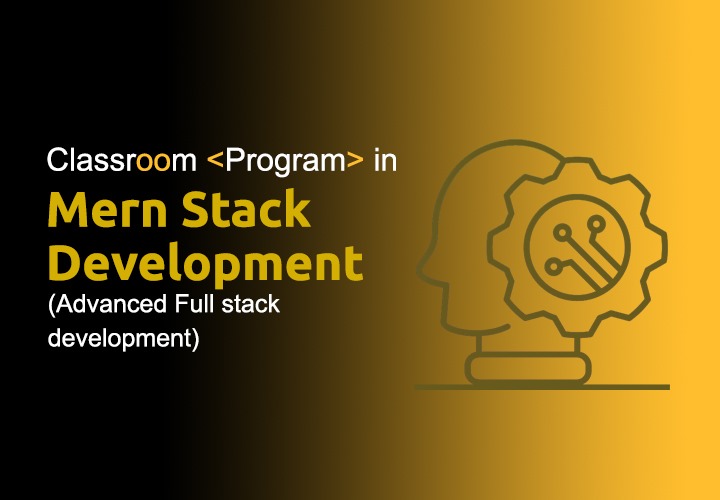Advanced Full-Stack Development
in MERN Stack DevelopmentAbout this course
Advanced Full-Stack Development
The Advanced Full-Stack Development course is meticulously designed to equip you with the skills and knowledge required to excel in the rapidly evolving tech industry. This comprehensive course covers every aspect of full-stack development, from version control and deployment to security and performance optimization, ensuring that you are well-prepared to build, maintain, and scale modern web applications.

Course Highlights:
Version Control with Git: Master the essentials of version control, including branching, merging, and collaboration, using Git. Learn how to manage code efficiently in a team environment and implement best practices for code reviews and continuous integration.
Deployment and Hosting: Gain hands-on experience with deploying full-stack applications on leading cloud platforms like AWS, GCP, and Azure. Learn to set up CI/CD pipelines, containerize applications with Docker, and explore the benefits of serverless architecture.
Security Best Practices: Understand the critical importance of web application security. This course delves into OWASP's Top 10 vulnerabilities, input validation, authentication, authorization, and data encryption. You'll learn how to safeguard your applications against common security threats like XSS and SQL injection.
Performance Optimization: Learn to optimize your code and applications for maximum efficiency. This includes implementing caching strategies, optimizing assets, and leveraging CDNs to enhance load times and overall performance.
Testing and Automation: Ensure your applications are robust and error-free with comprehensive testing techniques. The course covers unit testing, integration testing, end-to-end testing, and test automation, providing you with the tools to maintain high code quality.
Best Practices in Development: Adopt industry-standard best practices such as clean code principles, design patterns, and responsive design. You'll also learn how to create accessible web applications that cater to all users, regardless of their devices or abilities.
Final Project:
The course culminates in a capstone project where you will develop a full-fledged MERN stack application. This project will incorporate all the key concepts learned throughout the course, including secure authentication, performance optimization, automated testing, and deployment to a cloud platform.
Target Audience:
This course is ideal for aspiring full-stack developers, software engineers, and tech professionals looking to advance their careers by mastering the latest tools and techniques in full-stack development. Whether you are transitioning from a front-end or back-end role or aiming to enhance your existing full-stack skills, this course offers the depth and breadth of knowledge needed to succeed in the field.

Course Outcome:
By the end of this course, you will have developed the expertise to design, build, and deploy complex full-stack applications. You’ll be capable of optimizing performance, ensuring security, and automating testing processes, making you a valuable asset to any development team. Armed with real-world skills and practical experience, you will be fully prepared to tackle the challenges of modern web development and take your career to the next level.
FAQ
Comments (0)
Understand version control, why it's essential, and how Git fits into the development workflow.
Learn about Git Flow, Feature Branch, and Forking workflows.
Create and manage pull requests on platforms like GitHub and GitLab.
Overview of AWS, Google Cloud Platform (GCP), and Microsoft Azure.
Understanding Continuous Integration/Continuous Deployment pipelines.
Understand the basics of containerization and its advantages.
Introduction to Serverless: Learn about serverless computing and its use cases.
Deploying Serverless Functions: Hands-on deployment of serverless functions on AWS Lambda, GCP Cloud Functions, or Azure Functions.
Overview: Understanding the OWASP Top 10 vulnerabilities and their impact.
Examples: Real-world examples of common vulnerabilities and breaches.
Best Practices: Implement input validation and sanitization techniques to prevent malicious data entry.
Libraries and Tools: Using popular libraries for validation and sanitization in different programming languages.
Authentication Methods: Implementing various authentication methods (JWT, OAuth, SAML).
Authorization Strategies: Role-based access control (RBAC) and other authorization techniques.
Encryption Basics: Learn about symmetric and asymmetric encryption.
Implementing Encryption: Hands-on encryption of data at rest and in transit.
Cross-site Scripting (XSS): Techniques to prevent XSS attacks.
SQL Injection: Best practices for preventing SQL injection vulnerabilities.
Refactoring: Techniques for improving code efficiency and readability.
Profiling: Use profiling tools to identify and eliminate bottlenecks.
Caching Strategies: Implementing caching strategies for APIs and databases.
Tools: Learn to use tools like Redis and Memcached.
Minification and Compression: Minifying CSS, JavaScript, and HTML files to reduce load times.
Image Optimization: Compressing images and using next-gen formats like WebP.
CDN Integration: Leveraging Content Delivery Networks (CDNs) to serve content faster.
Lazy Loading: Implementing lazy loading for images and content to improve page load speeds.
Introduction to Unit Testing: Understand the importance and scope of unit testing.
Writing Unit Tests: Writing unit tests using popular testing frameworks (e.g., Mocha, Jasmine, JUnit).
Overview: Learn the role of integration testing in ensuring that different parts of an application work together.
Implementing Tests: Writing integration tests for APIs and services.
Introduction to E2E Testing: Ensuring the entire application works as expected.
Tools: Using tools like Selenium, Cypress, or Puppeteer for end-to-end testing.
Automation Frameworks: Setting up automated test suites.
Learn and apply principles for writing clean, maintainable code.



.jpeg)
.jpeg)



